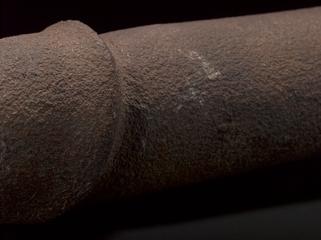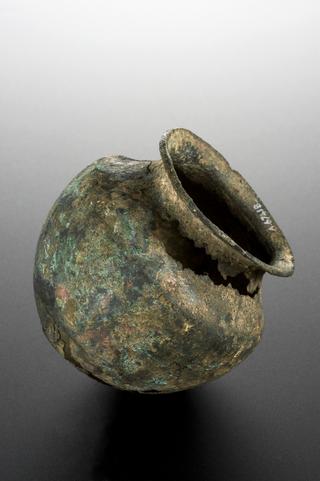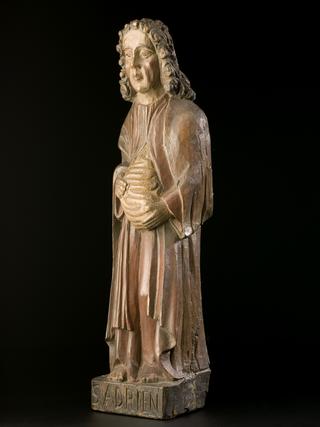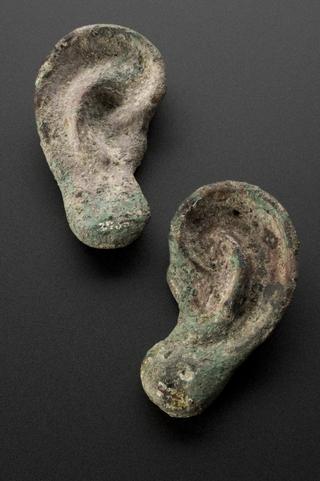
Votive offering showing the head of a boy, Roman, 200 BCE-200 CE
- Made:
- 200 BCE-200 CE in Roman Empire




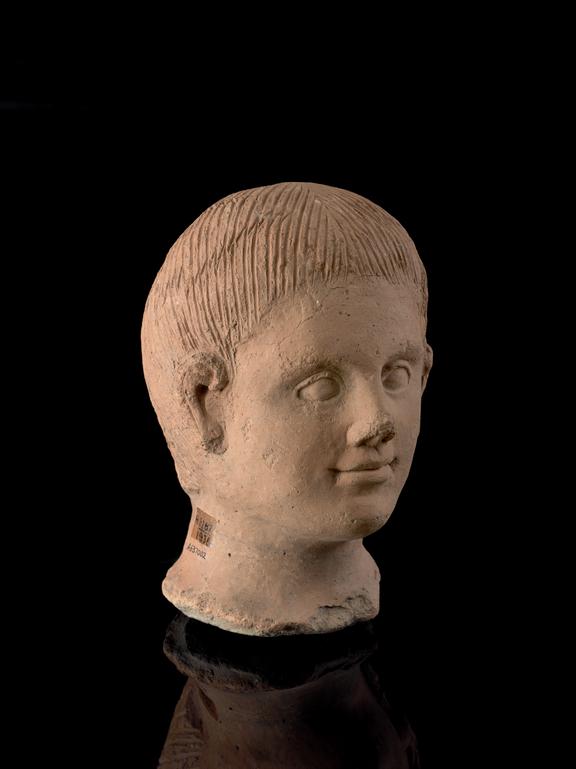

Votive head of boy, terracotta, probably Roman, 200BC-200AD
Objects like this were often left at healing sanctuaries and other religious sites as offerings to gods such as Asklepios, the Greco-Roman god of medicine. It was intended either to indicate the part of the body that needed help or as thanks for a cure. If this young boy’s head was offered up for medical reasons it may have been because he had been injured or experienced headaches.
Made from bronze or terracotta, as in this case, a large range of different votive body parts were made and offered up in their thousands. Although it originated in earlier cultures, this practice became very popular in Roman Italy – particularly between the 400s and 100s BCE.
Details
- Category:
- Classical & Medieval Medicine
- Collection:
- Sir Henry Wellcome's Museum Collection
- Object Number:
- A637002
- Materials:
- terracotta
- Measurements:
-
overall: 191 mm x 138 mm x 140 mm, 2.12 kg
- type:
- votive head
- credit:
- Christie's
